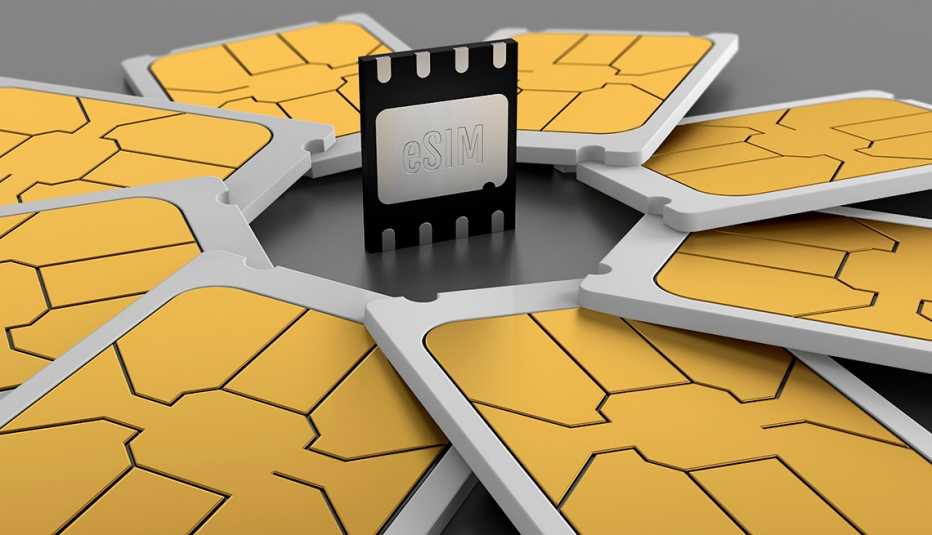AARP Hearing Center
If you’re looking to unleash your inner Ansel Adams and photograph like the masters, looking at the world in black and white is the way to do it.
Often relegated to fine art photography, black-and-white photos deliberately express a photographer’s feeling, emotion or unique idea, conveying how he or she sees the world. These images are particularly compelling when capturing human forms, objects, architecture and silhouettes.
The thought of black-and-white photos may take you back to iconic images shot on Kodak’s Tri-X black-and-white film. The raising of the American flag on Iwo Jima, the sailor kissing a woman in Times Square at the end of World War II, Adams’s photos of Yosemite National Park or memorable National Geographic photos are classics.
Removing color from an image and processing it in black and white narrows your focus on a subject in a way that’s not possible with hues of red, green or blue. Called monochromatic photography, it represents subjects in varying shades of gray. Whether print or digital, black-and-white images seem to pop and clearly define subjects or objects, drawing viewers into the environment captured.
Our fascination with black-and-white images is evidenced by the number of them you see on social media. Despite their popularity, taking black-and-white photos with a smartphone isn’t as easy as you might think.
For starters, phones have no black-and-white button, only filters that you navigate and scroll through to get black-and-white images. And unless you know your way around photo capture and editing apps, this can be challenging.
But you can take — and make — great black-and-white shots with your smartphone using free and fairly simple tools.
Phone cameras soon to lead in photo quality
The latest smartphones come equipped with wide-angle, telephoto and zoom lenses, as well as technology that lets you “unblur” your grainy photos. In fact, today’s smartphones have made digital single-lens reflex (DSLR) cameras nearly obsolete. Tech giant Sony recently predicted that smartphone cameras will have better image quality than DSLRs by 2024.
Yet surprisingly, the Apple iPhone, Samsung Galaxy and Google Pixel line of phones don’t have a dedicated black-and-white tool or even the words “black and white” listed. Instead, you’ll find options like “Silvertone” and “Noir.”
You have options to photograph in black and white or convert color images that you’ve already taken.
Start with a filter
Apple’s iPhone camera app has a Filters tab that you can find only by clicking the arrow ⌃ at the top middle of the screen. This brings you to the camera applications menu, where several icons — from seven on iPhone 12 to nine on the new iPhone 14 — start with Flash on the left and end with Filter or RAW, available only on iPhone 12 Pro and later models. RAW allows you to photograph higher-resolution, uncompressed photos.







































































